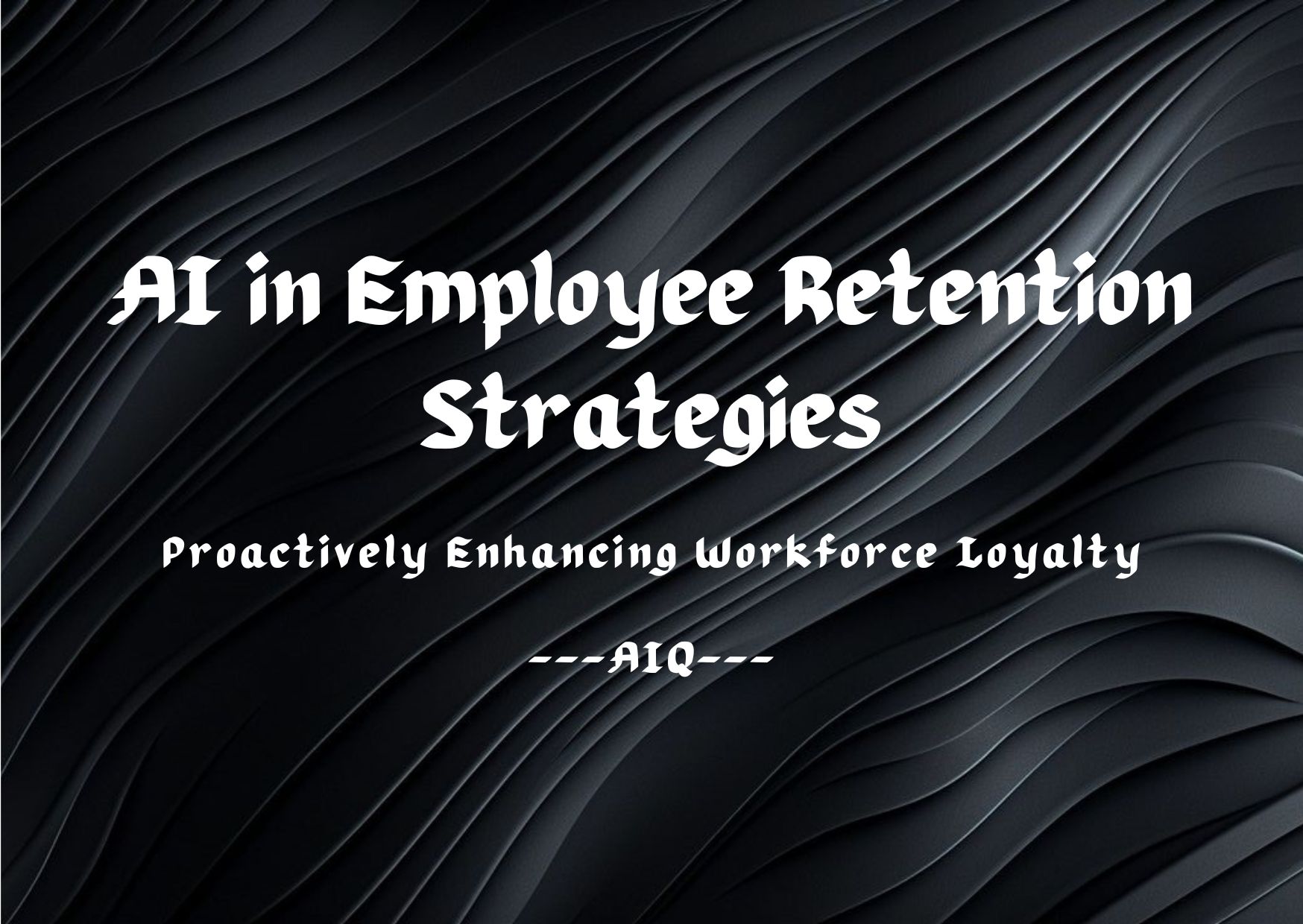Workplace wellness is increasingly recognized as a key component of employee engagement and productivity. Organizations are seeking innovative ways to promote physical, mental, and social well-being among their employees. Artificial Intelligence (AI) is at the forefront of this movement, offering personalized and data-driven solutions to enhance workplace wellness initiatives. This article explores the role of AI in designing and implementing workplace wellness programs that contribute to a healthier and more productive workforce.
The Importance of Workplace Wellness Programs
Workplace wellness programs are essential for creating a positive work environment, reducing stress, preventing burnout, and fostering a culture of health and well-being among employees.
AI’s Role in Workplace Wellness Programs
1. Personalized Wellness Plans
AI can create personalized wellness plans for employees based on their individual needs, preferences, and health data.
2. Health Risk Assessment
AI can assess health risks by analyzing data from various sources, such as health surveys, biometric screenings, and wearable devices.
3. Mental Health Support
AI can provide mental health support through chatbots and virtual counseling services, offering resources and assistance to employees in need.
4. Wellness Education and Awareness
AI can deliver targeted educational content and raise awareness about wellness topics relevant to the workforce.
5. Physical Activity Promotion
AI can encourage physical activity through personalized exercise recommendations and tracking of progress towards wellness goals.
6. Nutritional Guidance
AI can offer personalized nutritional guidance and meal planning, helping employees make healthier food choices.
7. Work-Life Balance Optimization
AI can analyze work patterns and suggest adjustments to improve work-life balance, reducing stress and promoting overall well-being.
8. Wellness Program Analytics
AI can provide analytics and insights on the effectiveness of wellness programs, helping organizations to refine their initiatives and measure impact.
The Future of AI in Workplace Wellness Programs
As AI technology advances, its role in workplace wellness will become more integrated and proactive. Future developments may include AI-driven virtual reality relaxation experiences, predictive models for early identification of at-risk employees, and real-time monitoring of well-being indicators.
Conclusion
AI’s integration into workplace wellness programs is a significant advancement for organizations committed to the health and well-being of their employees. It offers a personalized, data-driven approach to fostering a culture of wellness, leading to a more engaged, productive, and healthy workforce. By leveraging AI, organizations can ensure that their wellness initiatives are tailored to the needs of their employees, creating a supportive and nurturing work environment.
